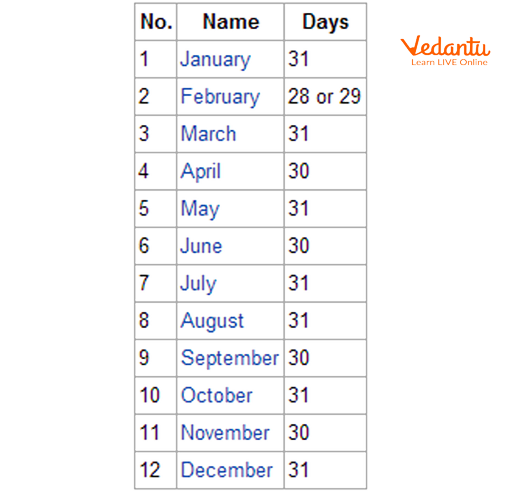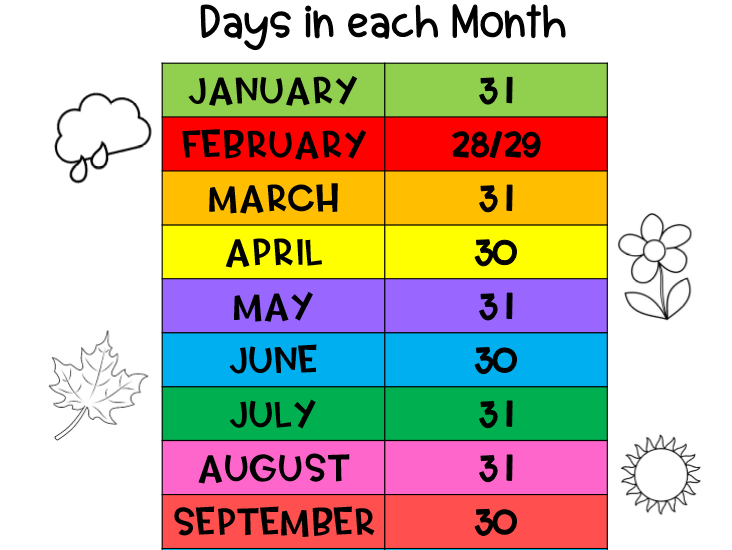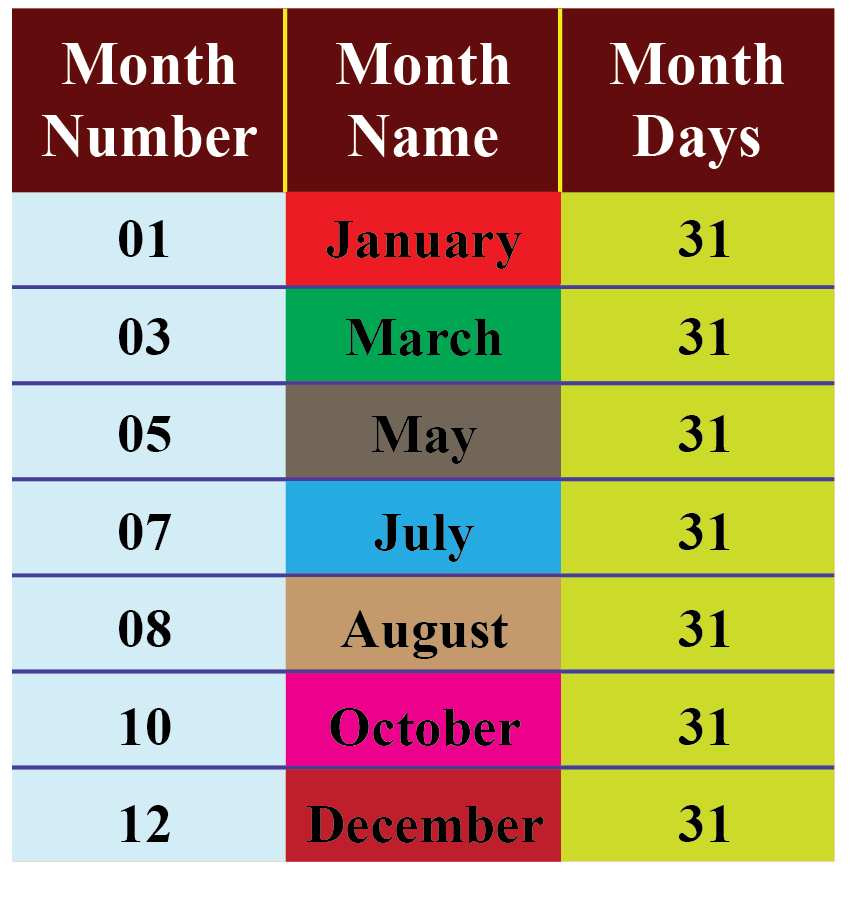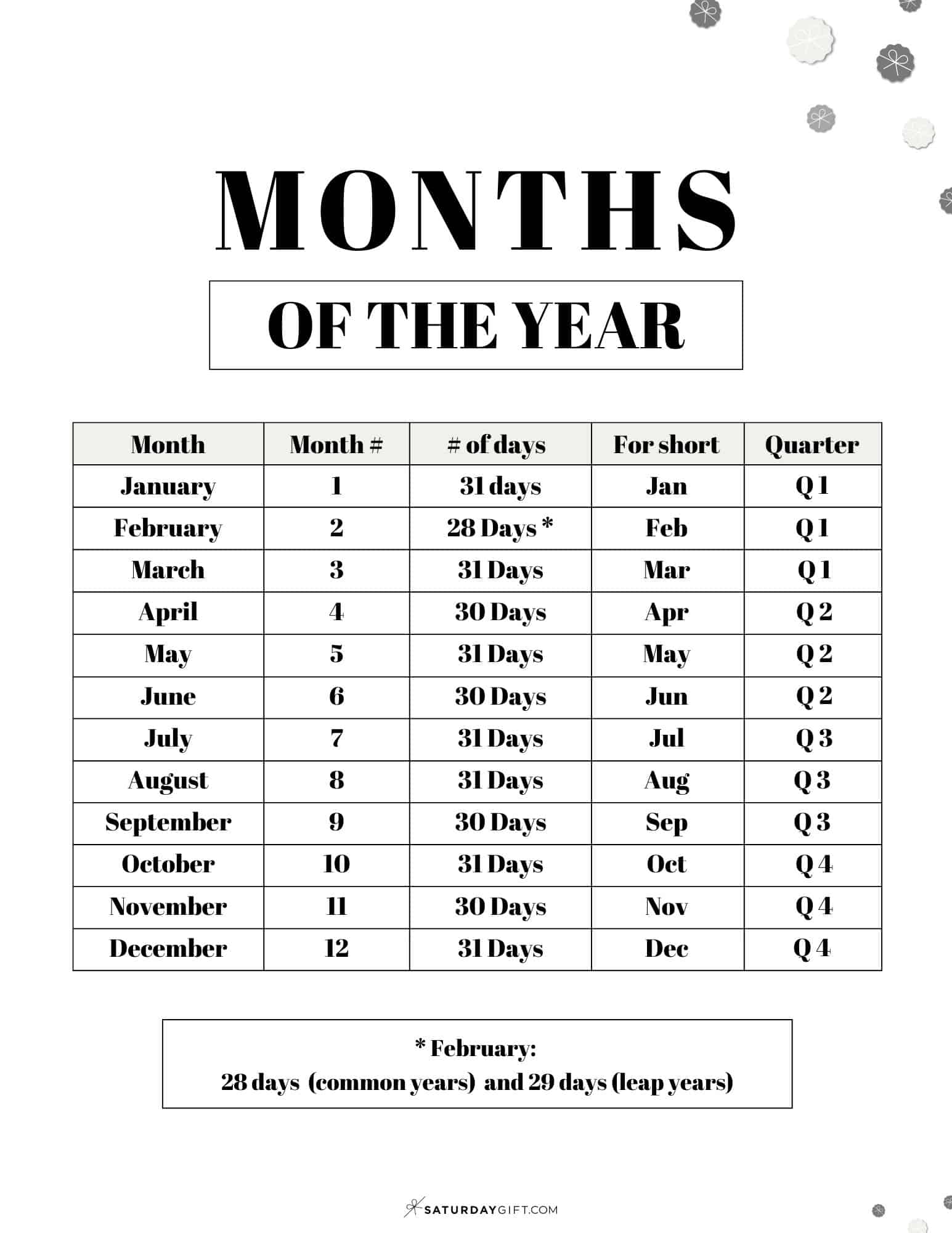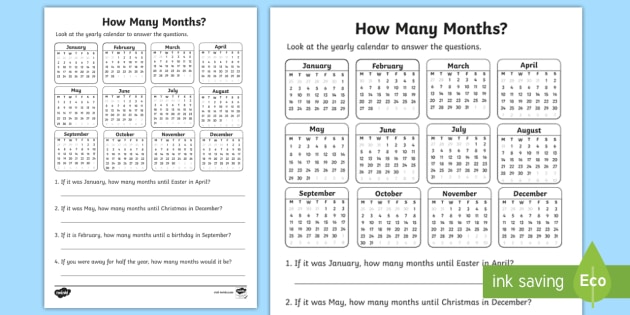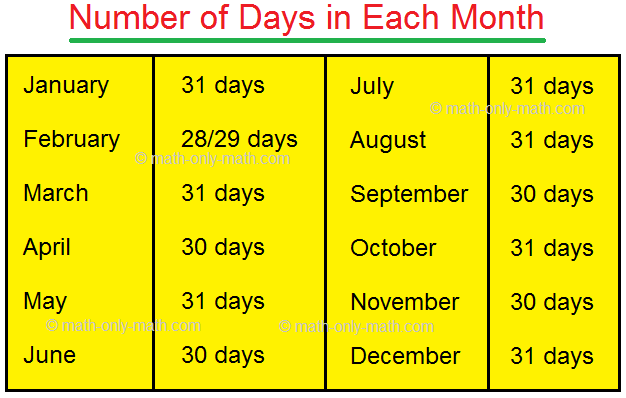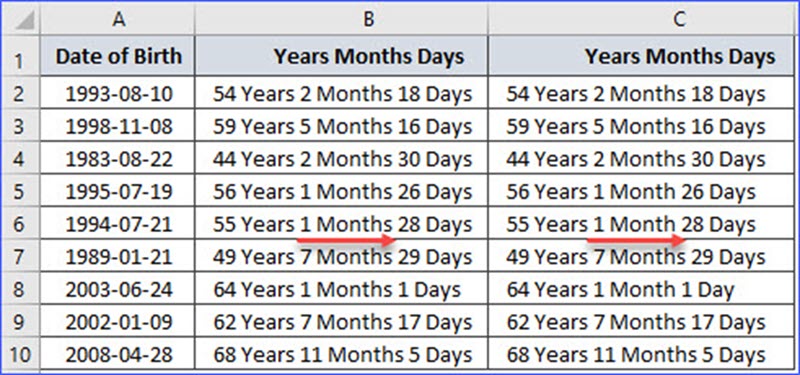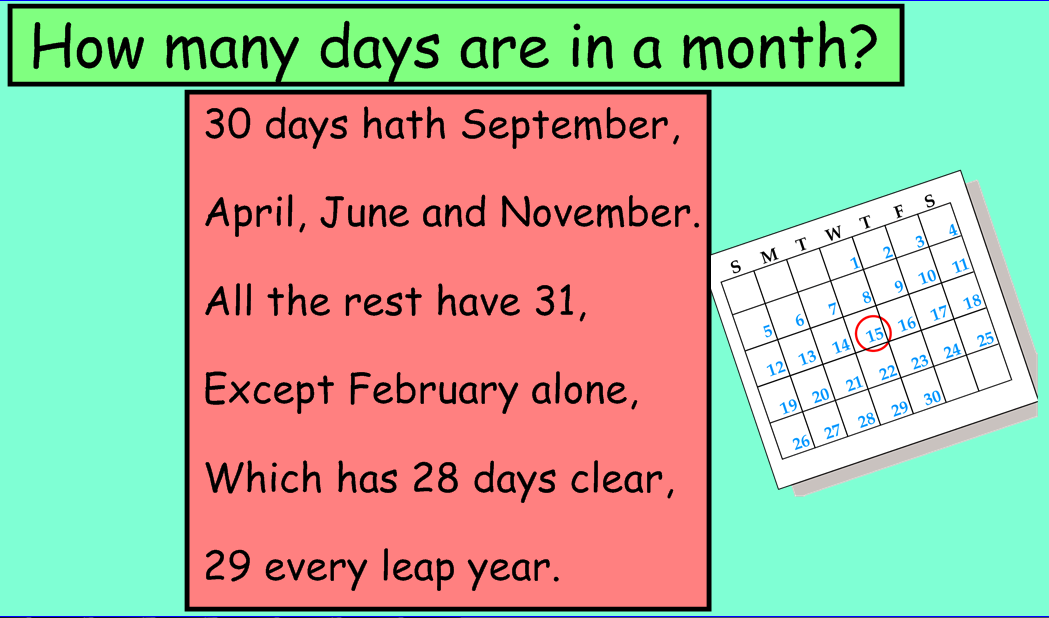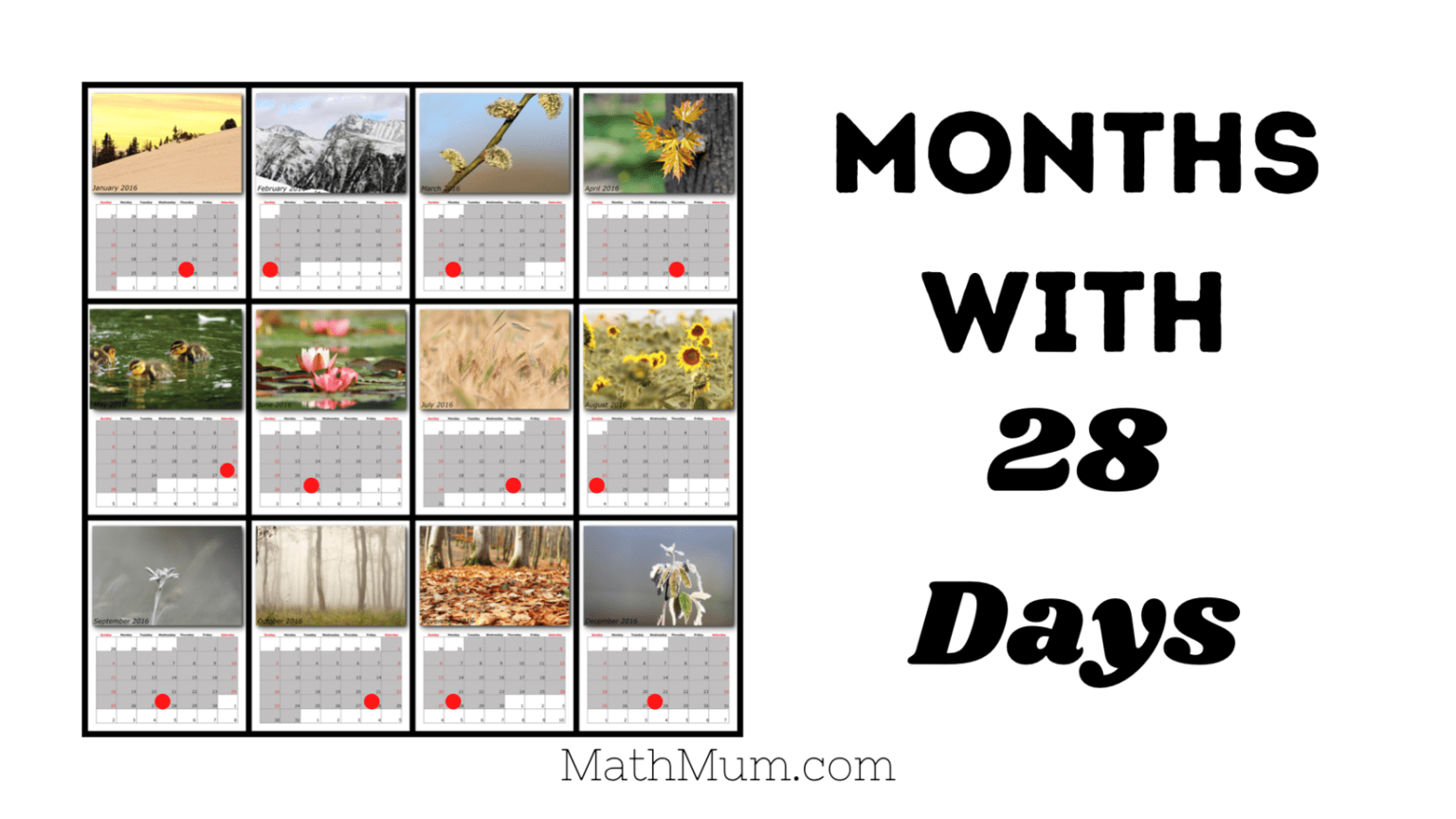How Many Months Is 203 Days

The seemingly simple question of converting days to months often leads to nuanced discussions, highlighting the complexities inherent in calendar systems. Figuring out the equivalent of 203 days in months isn't as straightforward as dividing by a fixed number, due to the varying lengths of months in the Gregorian calendar, the most widely used calendar today.
This article explores the different approaches to calculating the monthly equivalent of 203 days, considering average month lengths, specific calendar periods, and the implications of these calculations for various practical applications. Understanding these nuances is crucial for accurate planning, scheduling, and financial calculations across diverse fields.
Approaches to Calculating Months
The most common method involves using the average length of a month. This is calculated by dividing the total number of days in a year (365.25, accounting for leap years) by 12. The result is approximately 30.44 days per month.
Therefore, to convert 203 days to months using the average, we divide 203 by 30.44, resulting in approximately 6.67 months. This approach provides a general estimate and is suitable for situations where precise accuracy isn't paramount.
The Average Month Method
Using the average month length provides a simplified estimation. The average of 30.44 days is suitable for high-level planning. However, it's essential to remember that this is just an average, and actual month lengths can vary significantly.
This means that relying solely on the average can introduce inaccuracies in precise scheduling, especially when dealing with time-sensitive projects or financial calculations that depend on specific dates.
Considering Specific Calendar Months
A more precise method involves accounting for the actual number of days in each month within a specific period. For example, one could analyze a calendar and determine the precise number of months and remaining days that 203 days encompass.
This method requires more effort but yields a more accurate result. This is especially true when dealing with tasks or projects that must adhere to strict deadlines or financial commitments tied to calendar dates.
For instance, consider a scenario starting on January 1st. January has 31 days, February has 28 (or 29 in a leap year), March has 31, April has 30, May has 31, June has 30, and July has 31. Adding these up, January through June account for 181 days (or 182 in a leap year).
To reach 203 days, we need an additional 22 days (203 - 181). This means the period extends into July, specifically until July 22nd. Thus, 203 days would cover six full months (January to June) and 22 days of July. Therefore, it’s a little over 6 months.
Leap Year Considerations
Leap years introduce an extra day (February 29th) every four years, slightly affecting the average month length and impacting calculations. For greater accuracy, it’s important to factor in whether the 203-day period falls within a leap year.
If the period includes a February in a leap year, calculations need to adjust accordingly to reflect the additional day. This becomes especially crucial when dealing with long time frames or repetitive calculations that span several years.
Real-World Applications
Accurate conversion of days to months has numerous practical applications across various sectors. In finance, interest accruals, loan repayment schedules, and investment returns often depend on precise month calculations.
In project management, understanding the monthly equivalent of a project's duration is crucial for resource allocation, task scheduling, and milestone tracking. Medical dosages are also an area where this math is needed for prescriptions.
Legal contracts and agreements frequently specify timelines in terms of months. An understanding of the equivalent number of days ensures clarity and avoids potential disputes.
Understanding the different methods for converting days to months is essential for accurate planning and decision-making. Using the average month length provides a quick estimate, while considering specific calendar months offers greater precision.
Furthermore, recognizing the impact of leap years and selecting the appropriate calculation method based on the context is crucial for ensuring the reliability and accuracy of the results. These factors can affect loans, projects, and contracts.

